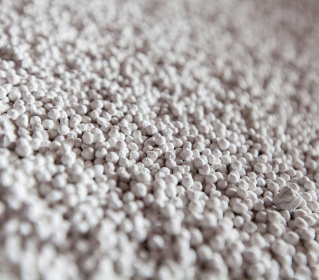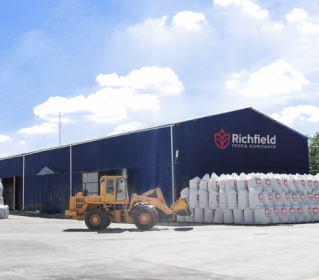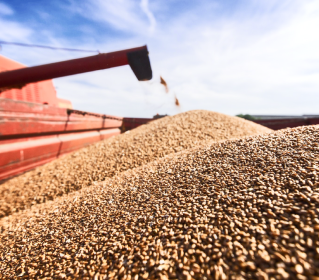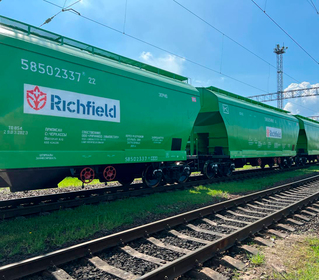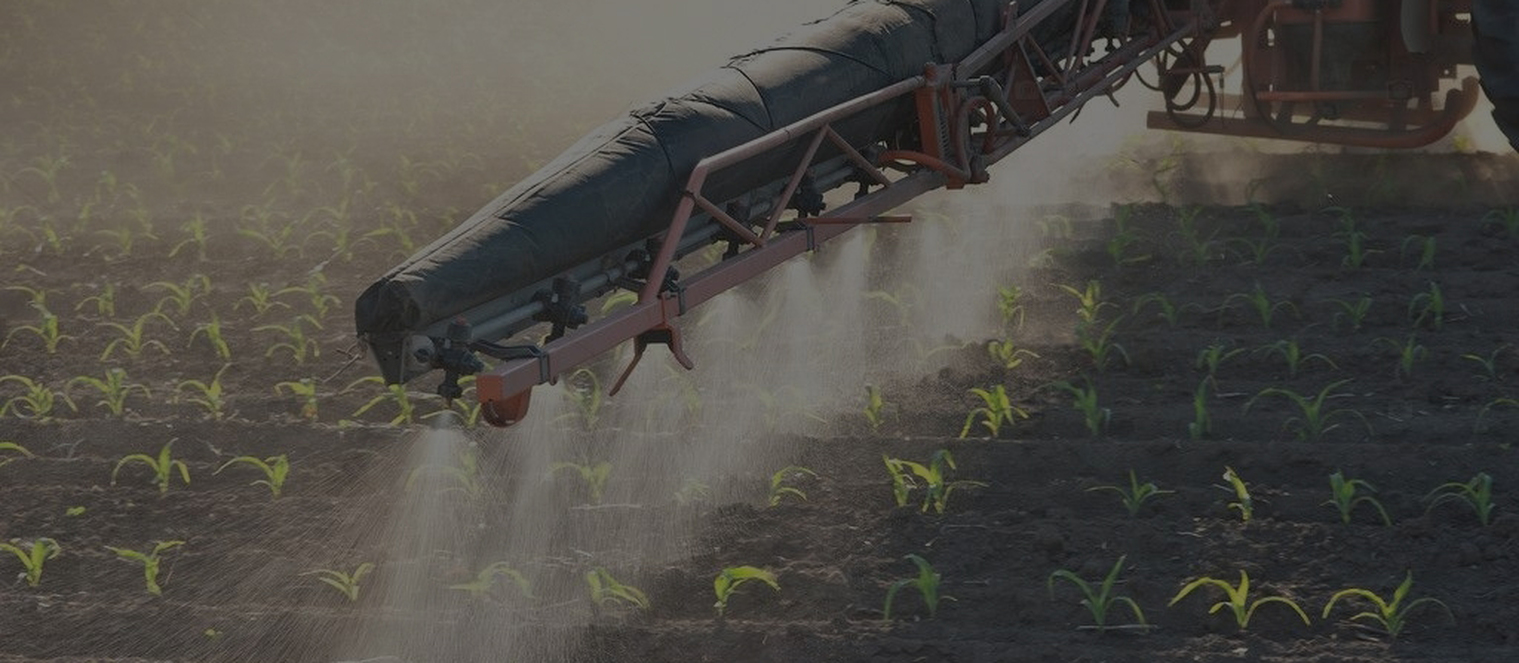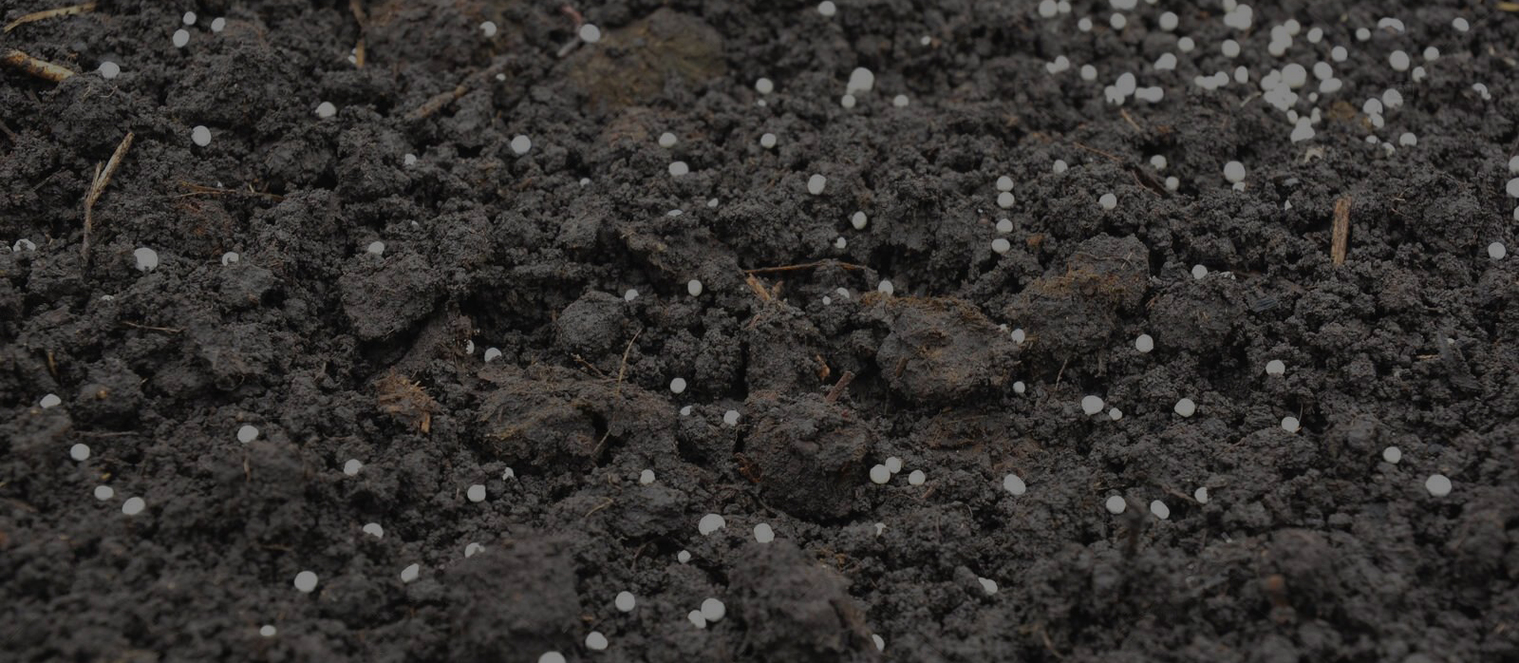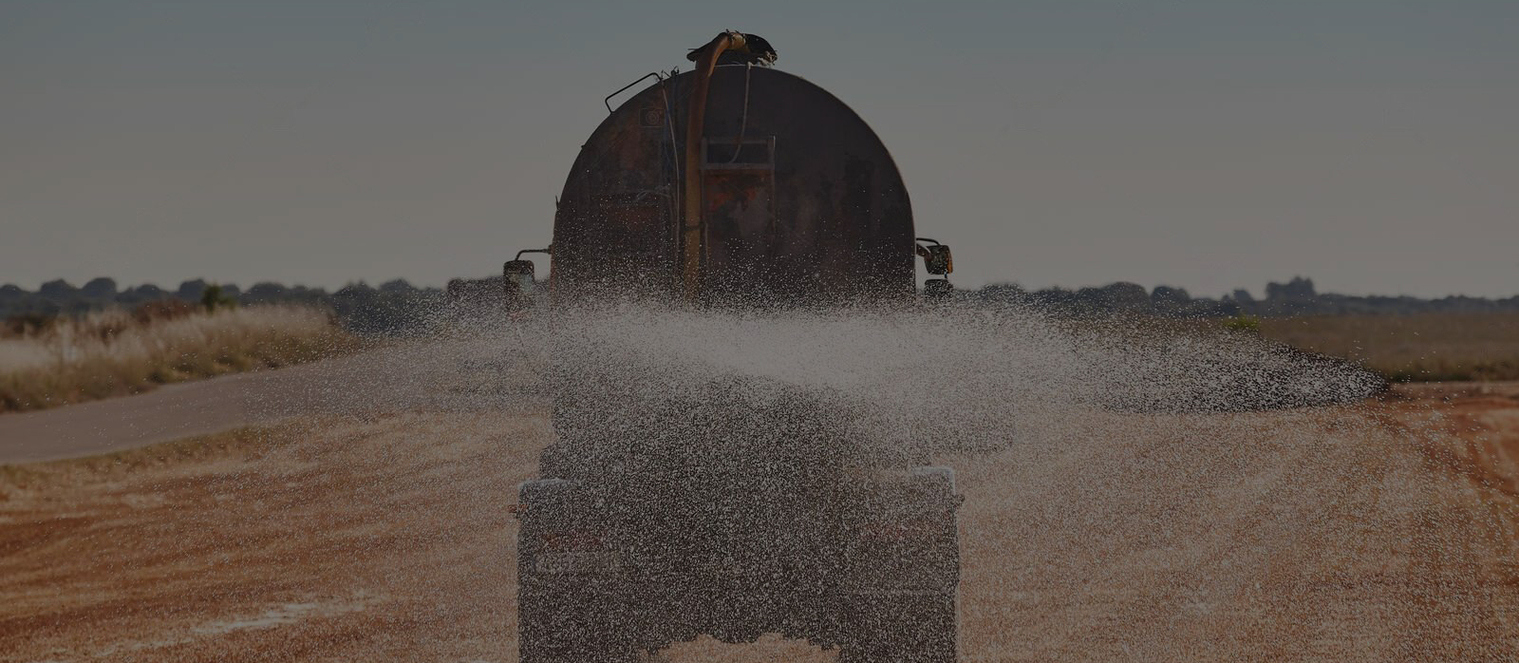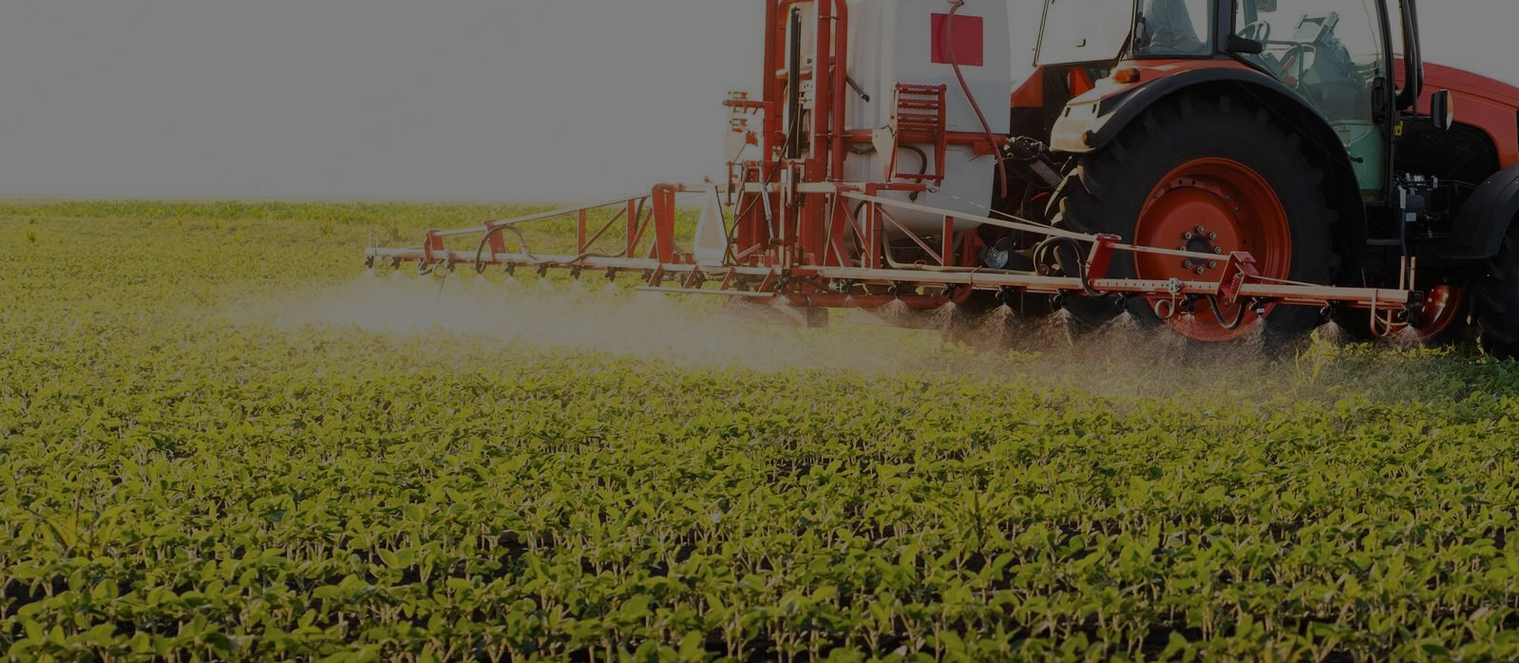
Application of fertilizers in drought conditions
How to apply nitrogen fertilizers so that the lack of moisture does not affect the protein content of wheat? We invite you to familiarize yourself with the results of conducted field experiments.
The amount of applied nitrogen fertilizers, their form and quality of distribution largely determine success in growing wheat. Fertilizer application strategies, which have proven themselves well with sufficient moisture supply, in arid conditions, unfortunately, cease to be effective.
When calculating the doses of fertilizers, they usually focus on the features of the field itself and its location, the typical seasonal amount of precipitation and the quality of its distribution, as well as the temperature regime characteristic of the season. The purpose of crop production is also taken into account, i.e. the planned yield and grain quality. We should not forget about the dynamics of nitrogen assimilation inherent in the culture.
However, in conditions of limited access to moisture, all these preliminary calculations can be sent to the trash can.
In addition, if the culture overwintered well and with sufficient supply of nutrition demonstrated high-quality tillering, one should expect increased moisture consumption. Even with a reduction in the number of ear-bearing stems, the rest will have less moisture available in the future than those that appeared on crops that initially showed weak stem formation. Therefore, high doses of nitrogen can cause a reduction in yield and not at all contribute to an increase in the protein content of the grain.
CRITICAL PERIOD
Therefore, limited moisture reserves must be used more efficiently. But drought is different, as its impact on the wheat crop depends on the phase of the crop's growth and how long it lasted. The following principle remains fundamental: insufficient moisture supply in any phase of development affects the yield of grain, and its quality indicators are affected by drought that falls on later phases of development, such as grain filling and ripening.
Within reasonable limits, winter wheat can compensate for the impact of drought and, for example, with a lower stand density, give grain with a greater mass of a thousand grains. However, such compensation is associated with energy expenditure and reduced nutrient and moisture utilization efficiency. This is confirmed by the results obtained as part of experiments in 2019 and 2020, which differ in their aridity (figure).
The graph shows the average values of yield and protein content in grain for twelve modern wheat varieties of different quality groups depending on the doses of nitrogen applied with fertilizers. The data was obtained within the framework of randomized plots of the experiment. While, for example, in one of the test site locations (Berge, Brandenburg) the long-term average rainfall from October to June is 361 mm, in 2019 only 246 mm fell. The 2019/2020 season, with its 350 mm of rainfall over the corresponding period, cannot at first glance be characterized as dry. But if you look a little more closely at the picture of the distribution of these precipitations, the conclusion will be different: in March, April, and May 2020, only 50% of the long-term three-month norm fell, while in the previous year, 71% fell on these months.
The year 2019 was generally dry, and the next year, 2020, was marked by a spring drought and June with plenty of precipitation. In addition, in 2019, during the grain filling phase, very high temperatures occurred, which led not only to a lack of moisture, but also provoked heat stress. In order to assess the impact of drought, within the experiments in the form of irrigation, the level of moisture supply was adjusted to the average annual norm. Thus, in 2019, it was possible to simulate a more or less normal year. In 2020, due to irrigation, the spring drought was compensated, and the rainy June further contributed to the fact that the moisture supply in the irrigated areas exceeded the average indicators.
DOSAGE OF NITROGEN
Nitrogen in the form of lime-ammonium nitrate was applied in four dosages - from 90 to 225 kg/ha. The entire norm was divided into two applications: the first was implemented with the restoration of vegetation (trubbing), the second - before the phase of emergence into the tube. At doses of 180 and 225 kg/ha, additional feeding was provided before the beginning of earing. The dry spring of 2020 led to a decrease in wheat yield and almost no effect on the protein content of the grain. The drought throughout 2019 had a negative impact on yield and protein content.
On sandy soils, applied fertilizer generally affected yield less than protein content. With constant drought and heat, nitrogen dosage of more than 90 kg/ha led to a slight decrease in the average yield. And even the rate of precipitation, brought to the normal monthly level with the help of irrigation, could not neutralize this effect, but contributed to the increase of the protein content in the grain.
TAKING INTO ACCOUNT THE WEATHER AND CLIMATE CONDITIONS
The given results of the experiments help to decide on the fertilizer application strategy. Since it is impossible to predict the weather for the whole year, the situation in recent years should be taken as a guide, with the assumption that it will develop in approximately the same way. In many cases, it is not necessarily about significant changes in the average annual precipitation rates, there is a significant increase in temperatures, and with it - a deterioration of the moisture supply of crops, to which it is necessary to adjust the application of nitrogen fertilizers.
In addition, the production goal should be specified. For example, on sandy soils that do not differ in moisture retention capacity, it makes sense to initially work with low doses of nitrogen and bet on growing wheat for fodder, as this reduces production and commercial risks. However, even those farmers who purposefully grow wheat for food purposes should ask themselves: is it worth striving for high levels of protein in the grain?
Spring droughts do not greatly affect protein content. And this should also be taken into account when determining production goals. Those who want to obtain valuable food wheat cannot do without providing crops with nitrogen in the last phases of crop development. But the effectiveness of late feedings in the long run is lower compared to early feedings. A decrease in protein content in grain can be caused by both a lack of rain during the grain formation phase and an excess of it.
WE REDUCE THE RISKS
The risk of overdoing it with fertilizers can be minimized. In the absence of opportunities for irrigation, it is necessary to respond flexibly to changes in weather conditions throughout the growing season. However, if nitrogen fertilizer with nitrification inhibitors is used in the early phases, there is no need to adapt the fertilization strategy. However, in experiments in Brandenburg fields in 2019, the use of fertilizer with stabilized nitrogen compared to the application of three doses of lime-ammonium nitrate gave a lower yield. In 2020, the nitrogen, which was slowly released due to heavy June precipitation, was used rationally by the culture - no negative effect was observed compared to application in three doses. As long as the risk of stem reduction is kept to a minimum thanks to the correctly selected plant density, it makes sense to carry out early feeding with the expectation of prolonged nutrition - this has been confirmed by the experience of past years.
CONCLUSIONS
If we are talking about a field characterized by low moisture availability, the amount of nitrogen fertilizers should be reduced first. Wheat can overcome a short spring drought later, of course, provided that the situation with moisture supply will be more favorable at the later stages of development. But each such "restoration" of culture will cost energy and water. That is why even when planning crops, you should pay attention to the sowing rate and optimize it.
Source: agronom.com.ua
